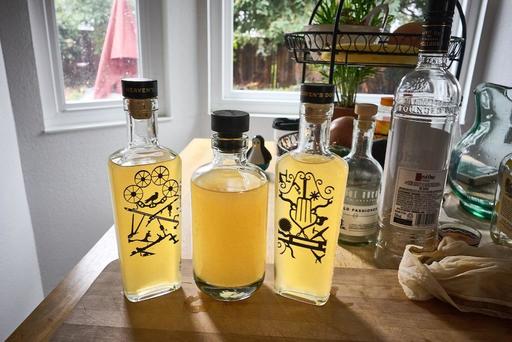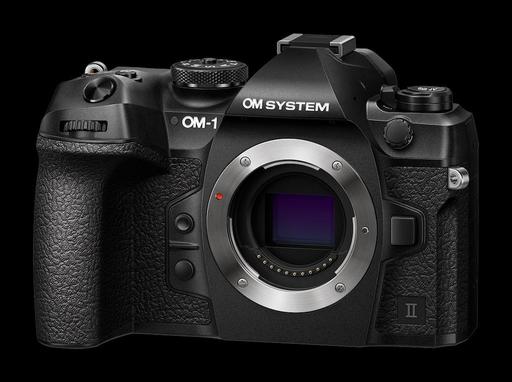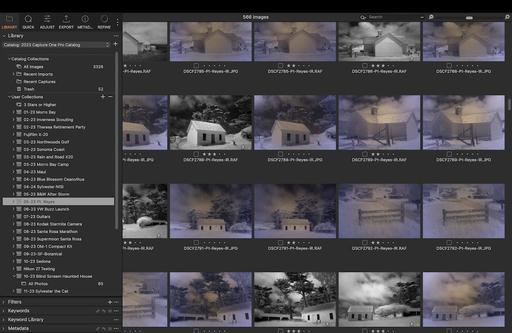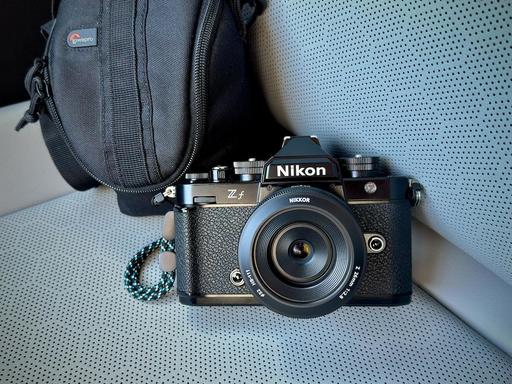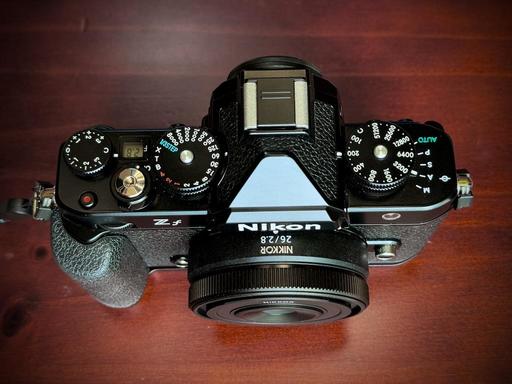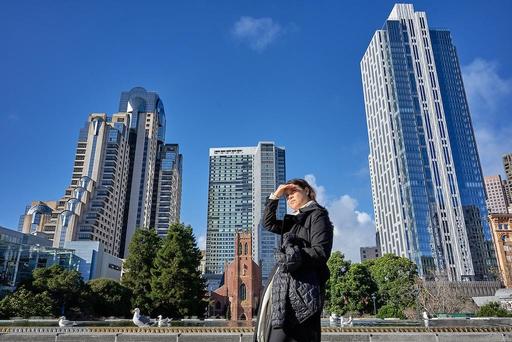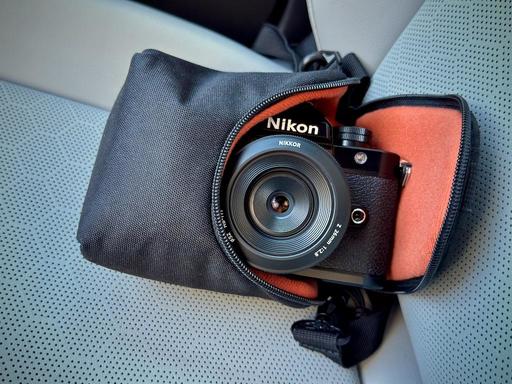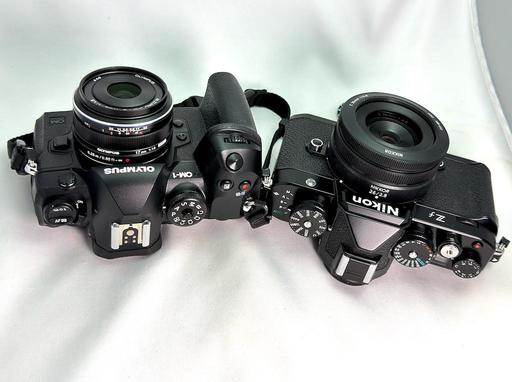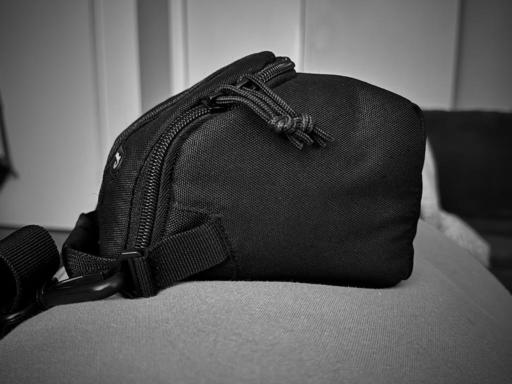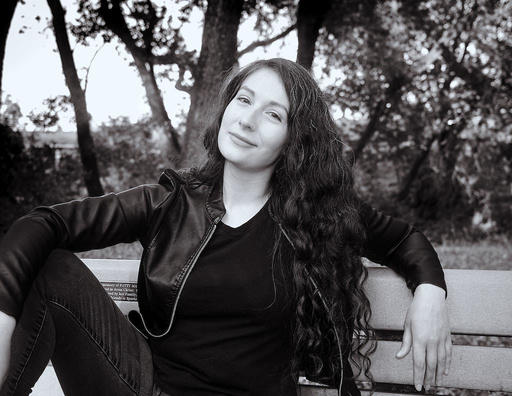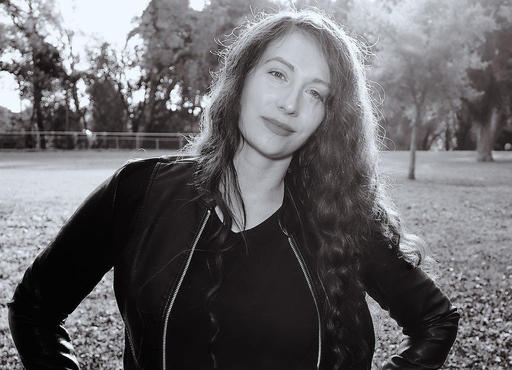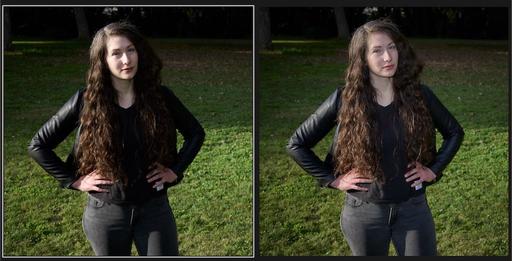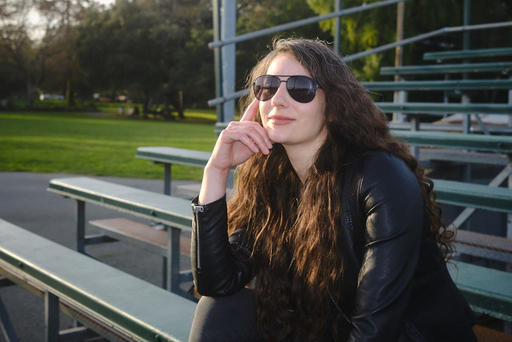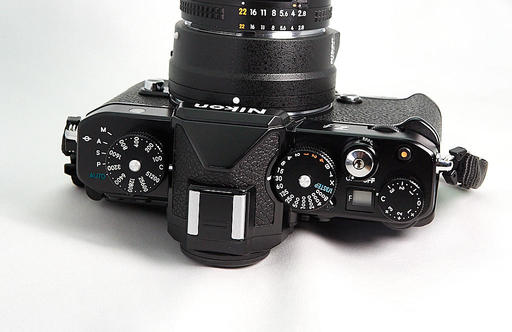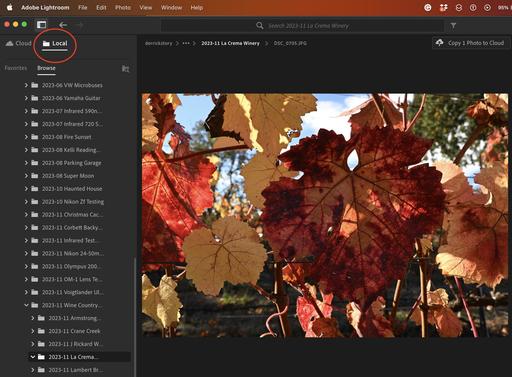This is The Digital Story Podcast #933, Feb. 6, 2024. Today's theme is "Documenting What Makes You, You." I'm Derrick Story.
Opening Monologue
We have many more dimensions than most folks realize. Yes, in this community, we know each other for our photography. But each of us has far more going on than taking pictures. And we can use that skill to document - and share if we wish - the other areas of our life. Combining our love for photography with the things we enjoy. I will discuss one such example regarding me on this week's TDS Photography Podcast. I hope you enjoy the show.
Tune-In Via Your Favorite Podcast App!
Apple Podcasts -- Spotify Podcasts -- Stitcher
Podbean Podcasts -- Podbay FM -- Tune In
Documenting What Makes You, You
I have lemon trees. Yes, multiple. At the studio, I have a miniature in a wine barrel on the back patio that is wildly prolific and produces the most delicious Meyers. At the house, we have two more small trees. And they seem happy as well.
So this time of year I find myself up to my hip boots in fruit. I have already perfected the art of homemade lemonade using Xylitol as the sweetener. Delicious. Theresa incorporates our bounty into a variety of entrees that enhance their appeal. And yet, there are still more lemons.
So I searched the Internet for interesting things to do with our harvest. And I stumbled upon a recipe for making Limoncello, an Italian liqueur traditionally served chilled as an after-dinner digestive. "That sounds good," I thought. So I endeavored to make a California version with my Meyers.
The basic recipe involves soaking the lemon peels in grain alcohol for a few weeks, then straining, and finally adding simple syrup to sweeten. Limoncello is kept in the freezer and served in petite after-dinner liquor glasses.
Now even though the basic recipe is simple, the proportions are very important. And being the type of guy who strives for the best Limoncello west of the Atlantic, I document everything I do as I evolve the recipe. This is where the documentation comes into play.
For example: the first batch used 600 ML of Everclear 120 proof grain alcohol, the peels from 12 medium to medium-small Meyer lemons, and finished with 275 ML of homemade simple syrup.
But without photographs to accompany my documentation, how do I know in the future what a medium-small lemon looks like? How much peel from each lemon? How do I filter the concoction after infusion? And on and on.
So with each step, I photograph what's happening and label those images as part of Batch 1. And this part is as enjoyable as making the Limoncello itself.
During the weeks required for infusion, I'm on the hunt for cute bottles that would be appropriate for such a delicacy. And since I'm going to be making lemonade with the juice of those lemons, I need to gather all those parts as well.
This past Sunday, on a stormy day in Northern California, I finished the first batch, carefully placed the bottles in the freezer, and we sampled the finished product after dinner. Amazing!
The second batch is already underway. For reference, I have photos of every step from version 1 to accompany my precise measurements. I love the pictures almost as much as the drink itself.
So by now, you've probably figured out that I'm a hobby mixologist. I've created my own drinks from scratch, and have been able to copy others just by tasting them. I can now add Limoncello to my resume. And I have the pictures to prove it.
Capture One Lays Off Staff Amid a 'Significant' Internal Restructure
You can read the entire article at Petapixel.com.
Capture One is undergoing what it characterizes as "significant changes" internally which has resulted in an unspecified number of layoffs at the company. It is at least the second round of turnover since it announced it was switching to a subscription model.
PetaPixel first learned of the layoffs last week, but the company only confirmed them this morning.
"Last Monday we made an internal announcement about significant changes for the Capture One team. These are not actions we take lightly and the people that were affected by them were treated with respect and empathy," Capture One tells PetaPixel.
"Although we have nothing specific to announce today, as the photography industry continues to evolve and we at Capture One make progress with our strategy as a standalone company, we're implementing changes that align our investments with the areas where we're seeing increases in customer satisfaction and traction with our users.
"These changes are difficult, but we're confident they position us better to advance in our mission to provide professional photographers with the most powerful creative and collaboration tools."
The company did not provide details on how many were affected, but PetaPixel has learned that a significant portion of the communications team has been let go. Of note, this is the second time in the last year this particular team has been gutted. Not long after the announcement that the company would be moving to a subscription-only model, most of the public-facing communications team was let go. Around this time, Capture One also ended its contracts with external public relations support.
It is not clear at this time what kind of internal restructure the company is going through or its scale beyond the Capture One's own use of the word "significant," but the last year has been difficult for the company as it has grappled with widespread pushback in response to its announcement that it would move away from perpetual software licenses. It didn't help that the company made the announcement not long after it concluded a 50% off sale on perpetual licenses, leaving buyers feeling as though they had been bait and switched.
The move to a subscription model came with the promise that current customers would be rewarded for their loyalty, but details of that program later revealed it to just be a one-time discount, further raising the hackles of customers.
Spring in Sedona Photography Workshop
April 16-19, 2024 - TDS photographers return to the greater Sedona, AZ area, but this time during the Spring to view the landscape in a whole new way. We will explore iconic locations, picturesque landscapes, mysterious vortexes, and towns frozen in time from the mining days. What a great way to kick off our 2024 workshop season!
You can learn more and reserve your spot by clicking here. Hope to see you in April!
'There is no such thing as a real picture': Samsung defends AI photo editing on Galaxy S24
You can read the entire article on techradar.com
Like most technology conferences in recent months, Samsung's latest Galaxy Unpacked event was dominated by conversations surrounding AI. From two-way call translation to gesture-based search, the Samsung Galaxy S24 launched with several AI-powered tricks up its sleeve - but one particular feature is already raising eyebrows.
Set to debut on the Galaxy S24 and its siblings, Generative Edit will allow users to artificially erase, recompose and remaster parts of an image in a bid to achieve photographic perfection. This isn't a new concept, and any edits made using this generative AI tech will result in a watermark and metadata changes. But the seamlessness with which the Galaxy S24 enables such edits has understandably left some Unpacked-goers concerned.
Samsung, however, is confident that its new Generative Edit feature is ethical, desirable and even necessary in today's misinformation-filled world. In a revealing interview with TechRadar, Samsung's Head of Customer Experience, Patrick Chomet, defended the company's position on AI and its implications.
"There was a very nice video by Marques Brownlee last year on the moon picture," Chomet told us. "Everyone was like, 'Is it fake? Is it not fake?' There was a debate around what constitutes a real picture. And actually, there is no such thing as a real picture. As soon as you have sensors to capture something, you reproduce [what you're seeing], and it doesn't mean anything. There is no real picture. You can try to define a real picture by saying, 'I took that picture', but if you used AI to optimize the zoom, the autofocus, the scene - is it real? Or is it all filters? There is no real picture, full stop."
"But still, questions around authenticity are very important," Chomet continued, "and we [Samsung] go about this by recognizing two consumer needs; two different customer intentions. Neither of them are new, but generative AI will accelerate one of them.
"One intention is wanting to capture the moment - wanting to take a picture that's as accurate and complete as possible. To do that, we use a lot of AI filtering, modification and optimization to erase shadows, reflections and so on. But we are true to the user's intention, which was to capture that moment. "Then there is another intention, which is wanting to make something. When people go on Instagram, they add a bunch of funky black and white stuff - they create a new reality. Their intention isn't to recreate reality, it's to make something new. So [Generative Edit] isn't a totally new idea. Generative AI tools will accelerate that intention exponentially in the next few years [...] so there is a big customer need to distinguish between the real and the new. That's why our Generative Edit feature adds a watermark and edits the metadata, and we're working with regulatory bodies to ensure people understand the difference." On the subject of AI regulation, Chomet said that Samsung "is very aligned with European regulations on AI," noting that governments are right to express early concerns around the potential implications of widespread AI use.
Virtual Camera Club News
The Nimble Photographer Newsletter is now publishing every Thursday. Readers will enjoy a variety of content spanning from short photo essays, to commentary on weekly events, to reviews of the latest and coolest photo gear.
TDS Workshops! - You can sign up for available workshops by visiting The Nimble Photographer. Inner Circle Members receive a 10-percent discount on all events.
Inner Circle Members: A big thanks to those who support our podcast and our efforts! We are having a blast at our new Inner Circle hangout, the private group I've set up at DerrickStoryOnline. We'd love it if you join us. You can become an Inner Circle Member by signing up at our Patreon site. You will automatically be added to the new hangout.
Great Photography Articles on Live View - If you check out our publication and appreciate what you see, be sure to follow us and clap for those authors. You can find us at medium.com/live-view.
If you're interested in writing for Live View, drop me a line at dstory@gmail.com.
The New Donation Kit for Carefree Shipping of Found Film Cameras - If you've discovered a film camera that's no longer being used, our new Donation Kit makes it easy to pack and ship. Just visit the Contact Form on thenimblephotographer.com, click the box next to Donating a Film Camera, and let me know what you have. In your note, be sure to include your shipping address.
Affiliate Links - The links to some products in this podcast contain an affiliate code that credits The Digital Story for any purchases made from B&H Photo and Amazon via that click-through. Depending on the purchase, we may receive some financial compensation.
Red River Paper - And finally, be sure to visit our friends at Red River Paper for all of your inkjet supply needs.
See you next week!
You can share your thoughts at the TDS Facebook page, where I'll post this story for discussion.
